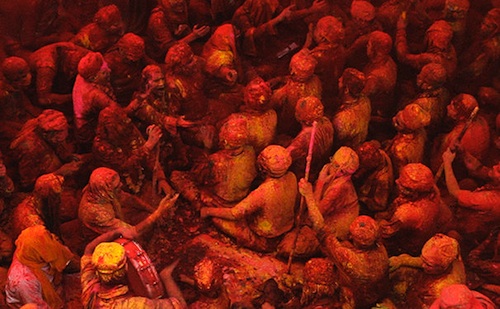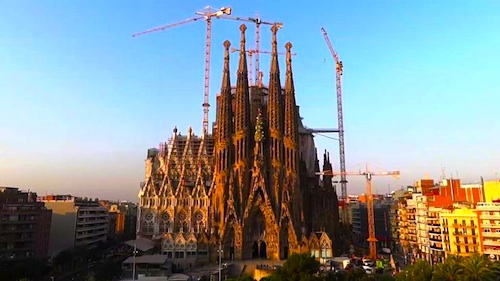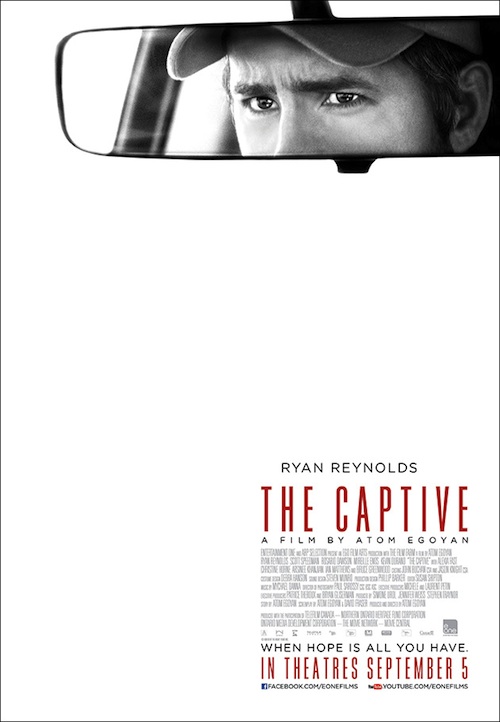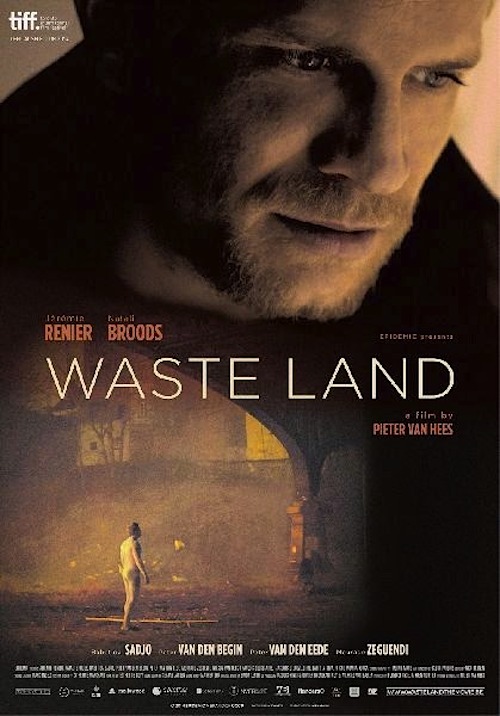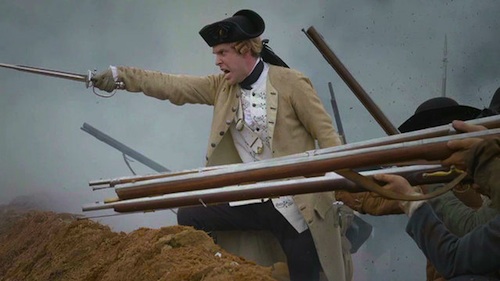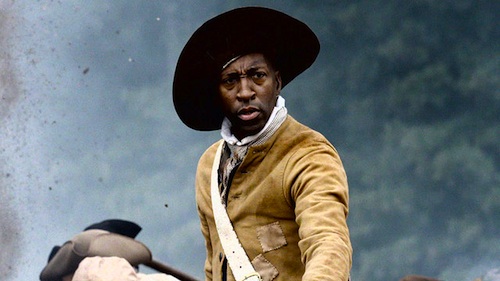“Uncle Tony, Three Fools and the Secret Service” – Trailer from activist 38 on Vimeo.
By Joe Bendel. High ranking secret policemen do not often get to present their own work at MoMA, but Donio Donev did. His involvement in the Bulgarian domestic intelligence service is an established fact now that his dossier has been released. However, Donev’s films really aren’t his films. It was always an open secret Anton Trayanov was the uncredited animator of beloved Bulgarian classics like The Three Fools, but Donev took all the bows on the international festival circuit. Mina Mileva & Vesela Kazakova set the record straight with Uncle Tony, Three Fools, and the Secret Service, which screens during the AFI’s 2014 EU Film Showcase.
By all accounts, Donev really was a clever and skillful caricaturist, but he probably could not have animated a mouse if he shot 50,000 volts through it. Most Bulgarian filmmakers, especially those working in animation, knew Trayanov was the real artist responsible for some of the country’s best loved films. They also understood why his name was not on any of them. Under Communism, all of the film authority’s division heads and nearly all of the film directors were secret service agents.
Eventually, the understandably frustrated Trayanov was fired when he started complaining. For three years he survived as a construction worker for a Japanese firm building a luxury hotel in Sofia (lord knows why). He was lucky to get that gig, considering he was blackballed at every other Bulgarian state industry. Eventually, he started teaching animation at the National Academy Theater and Film Arts, where Mileva took his courses, before he was sacked again under murky circumstances.
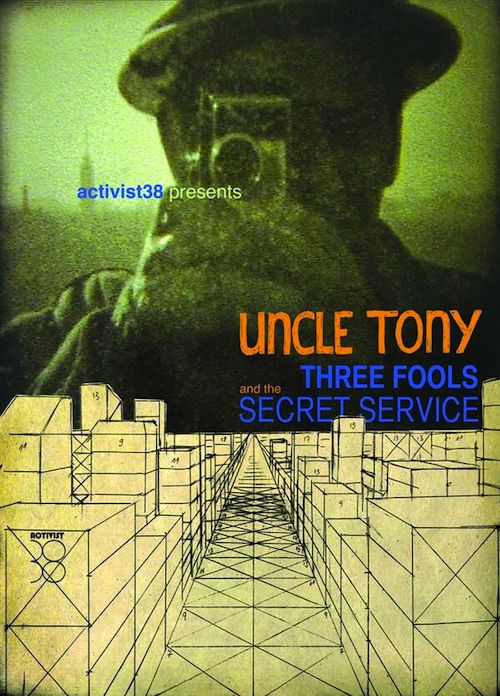 Sadly, little has changed since the fall of Communism. The apparatchiks still jealously guard their power, but Trayanov might just get the last posthumous laugh. Although he died shortly after filming wrapped, his documentary had a record breaking theatrical run in Bulgaria. Not surprisingly, Donev’s family has threatened legal action. More troubling (if not necessarily shocking), Mileva and Kazakova have had their copyright protection revoked, award nominations rescinded, and endured a campaign of physical and emotional harassment.
Sadly, little has changed since the fall of Communism. The apparatchiks still jealously guard their power, but Trayanov might just get the last posthumous laugh. Although he died shortly after filming wrapped, his documentary had a record breaking theatrical run in Bulgaria. Not surprisingly, Donev’s family has threatened legal action. More troubling (if not necessarily shocking), Mileva and Kazakova have had their copyright protection revoked, award nominations rescinded, and endured a campaign of physical and emotional harassment.
It is easy to see why Uncle Tony et al touched a nerve. It addresses head on the privileges and abuses of position that have carried over from the Communist era. The case it makes on Trayanov’s behalf (and against Donev) is not just convincing. It is pretty much conclusive. In fact, there are a handful of scenes that are jaw-droppingly damning, as when Dimitar Tomov, animation chair of the National Academy, tries to convince Mileva Trayanov never taught the classes she enrolled in, through a combination of double-talk and Orwellian Newspeak. It is nearly as surreal watching an interviewer catch Donev in a telling contradiction during an archival television report. You have to wonder what happened to that poor guy.
Yet, UTTFTSS is as much a tribute to Trayanov and his films (and they really are his films) as it is an expose of institutionalized Party corruption. Despite all the wrongs done to him, Trayanov is an unflaggingly upbeat and winning presence on camera. Spending time with him is a pleasure. This is a genuinely bold documentary that will resonate with animation fans and anyone who values artistic freedom. If its cogently presented revelations do not forever change how you think of Bulgarian animation, nothing will. Highly recommended, Uncle Tony, Three Fools, and the Secret Service screens this coming Wednesday (12/17) and next Saturday (12/18), as part of the AFI’s EU Film Showcase, outside of Washington, DC.
LFM GRADE: A
December 14th, 2014 at 10:32pm.
